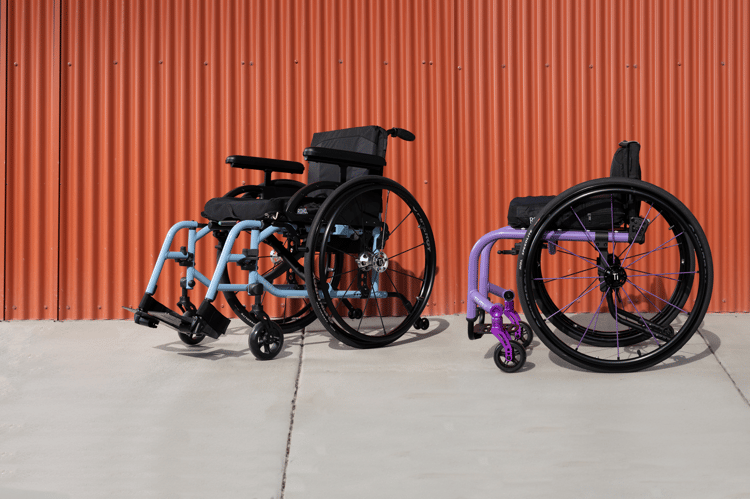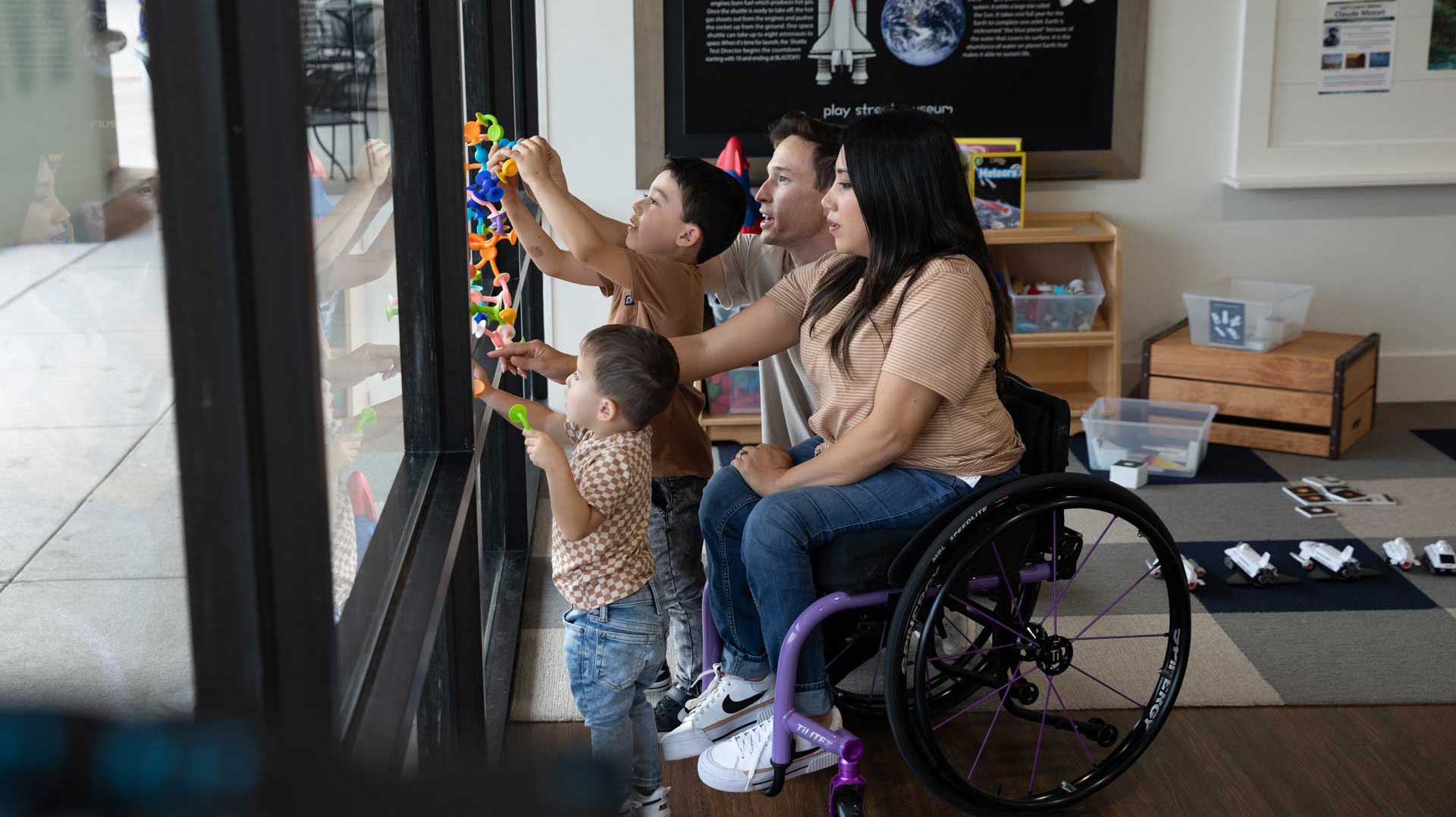The process of receiving a manual wheelchair can be overwhelming. You’ll need to understand each step, including the evaluation, ordering and delivery of a new wheelchair, ensure you are asking the right questions, and educate yourself about the myriad options available.
Understanding that manual wheelchairs fit into different funding categories is a practical first step, The two we’ll discuss here are the standard K4 manual wheelchair and K5 ultralightweight manual wheelchair.
The K4 wheelchair is lightweight, but usually not appropriate for full-time or long-term use. These chairs lack adjustability and customization and are often provided following a hospital stay. A K5 ultralightweight manual wheelchair allows for full customization and can be individualized to optimize function and propulsion. Understanding how the measurements and components can be configured for you allows for an optimal mobility solution.
The K5 category is further broken down into rigid and folding frame types, each with their own positive attributes. A rigid chair is typically lighter weight with a smaller footprint, and its rigidity provides increased efficiency with propulsion. The fold down back design on a rigid chair can easily be broken down and lifted into a vehicle for transportation. With its swing away footrests, a folding chair might be more appropriate if you need open access to the chair for transfers, functional tasks, or propelling with your feet. This chair will fold down the middle for transportation.

There are some key considerations that factor into the decision of which frame style is most appropriate for you:
- Environmental needs: Where will you be using this wheelchair? Are there any space or access considerations?
- Functional status: How do you perform your daily activities? Does the chair need to be at a specific height to allow you to complete tasks?
- Transfers: How do you get in and out of your chair?
- Transportation: Do you drive and how do you transport your chair in the community?
- Work/Leisure activities: What does your daily life look like. Do you work or go to school? What activities do you participate in within the community?

Identifying the right clinical team to work with is a very important step in this process. They can help educate and guide you through this process. Your wheelchair should enhance your individual lifestyle and support what is meaningful to you. It’s difficult to know how correctly configured equipment can optimize function if you don’t fully understand your options.
At the end of the day, it’s vital to remind yourself that you know yourself and your needs better than anyone else does. If you are not involved in the process of chair selection it will be a barrier to your independence, function and well-being. The right fit can make or break your experience.
Check out TiLite’s new folding and rigid chairs here!
 Deb Masters
Deb MastersCommercial Product Manager
Deb Masters, OTR/L, ATP is an Occupational Therapist with 30 years experience working in a variety of clinical settings including 25 years in seating and positioning. She currently works as a Commercial Product Manager for Permobil’s manual wheelchair portfolio. Deb joined Permobil in January 2022 after 20 years of running her own seating clinic for the local health system in Pennsylvania.

